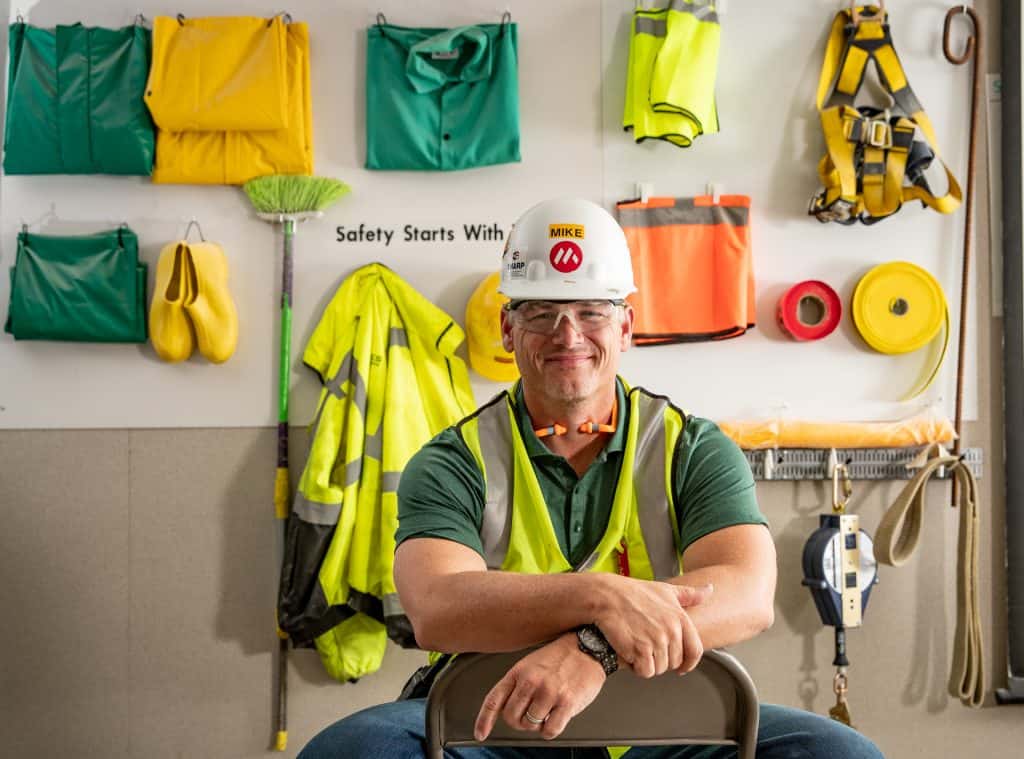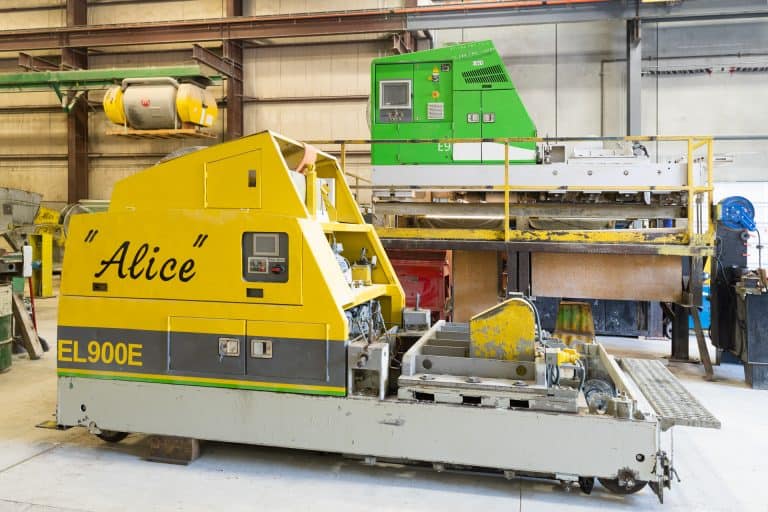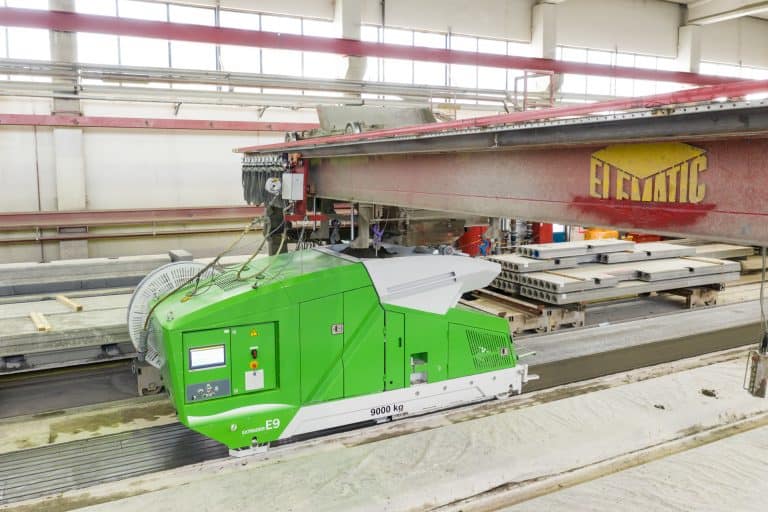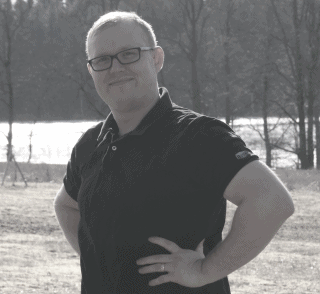How to increase precast floor plant safety

There are many arguments for precast concrete construction over cast in-situ. One of these, and in my opinion, one of the most important ones, is safety. In a precast factory the dangers of onsite casting can be very successfully removed. In this blog, I will go through some of the most frequent plant safety hazards that I have encountered, as well as, explore different ways of avoiding them.
Do not go under a suspended load (never ever!!)
Going under a suspended load is one of the most frequent and dangerous things that I see happening at precast factories around the world. There is literally no good reason for anyone to ever go under anything suspended. I have heard of several cases where a machine has dropped from a crane. In addition, I have personally seen slabs fall when being lifted. Fortunately, these falling elements did not cause any life-threatening consequences for a very simple and obvious reason; these incidents happened in responsible factories where nobody is allowed to go under a suspended load.
I think that the most common reason people go under suspended loads is the illusion of saving time. For example, people often go under an extruder while it is suspended to take look at screws and other wear parts. This safety hazard could be avoided by checking the bottom of the extruder while it is on a maintenance platform. To increase plant safety, all you need to do is to decide not to go under while the machine is suspended.

A clean factory is a safe factory
Tripping hazard can almost always be avoided by keeping the factory tidy. Tidiness is not only about safety; it is also more efficient. You will spend less time looking for tools if you keep things in their designated place. Furthermore, I would venture to say that clean factories have a lower personnel turnover; I have no data to confirm this, however, it is my general observation. In other words, employees prefer working at clean factories. It really is as simple as that.
Use safety equipment
In some regions it is common to see people in precast factories without proper PPE. It is important to assess the dangers in your factory and ensure that everyone uses all necessary safety equipment. For example, because precast factories are noisy places, the employees are at a risk of permanent hearing damage without proper hearing protection. In addition, assuring proper protection of eyes and toes is a must, because accidents always occur unexpectedly, and thus, you can keep your employees safer by assuring the availability of PPE and that they are properly used. All you need to do is to recognize the safety risks and select the proper safety equipment for your factory.
Moreover, plant safety be increased by opting for machinery that improves safety. For example, our Extruder E9 casting machine features sleek sides without any hooks or ladders that can cause danger. All the chain drives as well as the cable drums are protected to prevent hands or fingers getting caught. In addition, digitalization has improved plant safety since machinery can be equipped with buffers and sensors to spot any risks and automatically stop in the event of obstacles. The same applies to the lifting of machines and elements; lifting equipment with efficient safety features are available. Still, going under a suspended load is a no-no.

Prestressing strands
Sometimes strands snap during prestressing, and thus, keeping a proper distance is the only way to keep everyone safe. Depending on how you prestress, it may take a few minutes to over 10 minutes to prestress your strands. However, there are obvious advantages from a safety perspective that favor the use of bundle prestressing tools, such as Elematic Stresser E9. It enables stressing six hollow-core beds in only about 30 minutes, while the same takes approximately 2.5 hours with a single stressing method. If you can prestress fast, it is easier to keep people away from danger zone while prestressing.
Safety never ends…
In such a short blog, it is not possible to go through all safety hazards that one may encounter in a precast plant. The ones I listed here are the most serious ones. Thank you for reading, stay safe and contact us if you want to further discuss how to improve your plant safety.
Writer

Jaakko Ala-Rämi
Service Engineer
Elematic